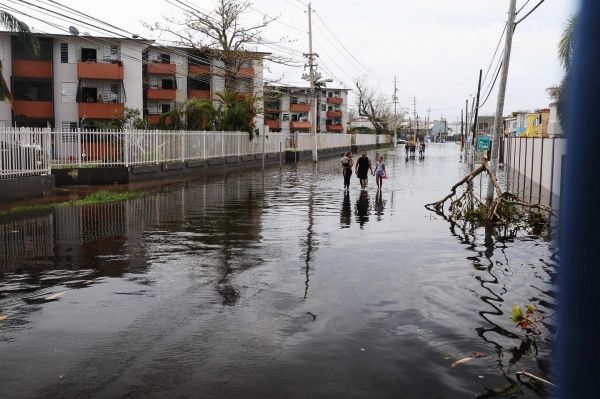Puerto Rico is not ready for another hurricane season, let alone the effects of climate change, according to a new study that shows the island’s outstanding capacity to produce record-breaking floods and trigger a large number of landslides.
The latest research, appearing in the journal Hydrology, builds on three prior studies led by hydrologist Carlos Ramos-Scharrón at The University of Texas at Austin, whose team began investigating the devastating impact of tropical cyclones on the island after Hurricane Maria in 2017.
The first compared the 2017 hurricane as a rainstorm event to more than a century of cyclones that came before it, finding that Maria produced the highest island-wide daily rainfall amount ever recorded (similar to Hurricane Harvey’s impact on Houston). The second found that Maria’s rainfall triggered one of the highest number of rainfall-induced landslides ever reported worldwide in similarly sized areas. And the third identified landslides as the main source of the sediment infilling the already limited water storage capacity of the island’s main reservoirs.
“We need to stop talking about climate change in future tense. It’s already here,” said Ramos-Scharrón, associate professor in the Department of Geography and the Environment and the Teresa Lozano Long Institute of Latin American Studies. “Climate change projections for the Caribbean suggest longer dry periods interrupted by more intense storms. These storms release large quantities of sediment by landslides, and many of those end up reducing the island’s capacity to store water. The combined effect of these climate change projections is for a higher propensity for water scarcity.”
Read more at University of Texas at Austin
Image: Condado, San Juan, Puerto Rico. (Credit: Photo by Sgt. Jose Ahiram Diaz-Ramos/PRNG-PAO)


